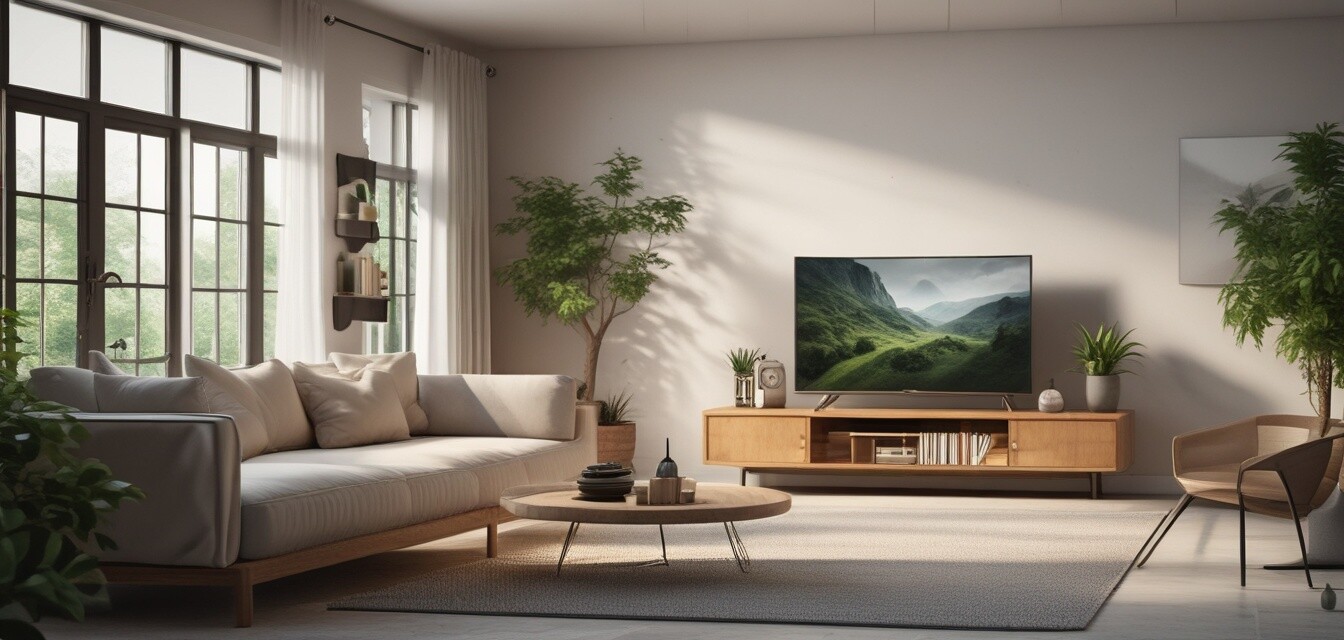
How global events are shaping sustainable furniture design
Key Takeaways
- Global environmental events are pushing consumers towards sustainable choices.
- Design trends are increasingly incorporating eco-friendly materials and practices.
- TV stands are an essential category in sustainable furniture design.
- Awareness of climate change impacts consumer purchasing decisions.
- The future of furniture design will focus on sustainability and innovation.
In recent years, global events have significantly influenced design trends within the realm of sustainable furniture. As more people become aware of the impacts of climate change and environmental degradation, the demand for eco-friendly choices has surged. This article will analyze how recent global incidents impact the design and materials of sustainable furniture, with a focus on television stands and home entertainment solutions.
The Rise of Sustainable Design
With increased awareness regarding the state of our planet, sustainable design has emerged as a priority for many consumers and manufacturers. The shift towards eco-friendly products has created a need for innovative designs that utilize sustainable materials.
Key Factors Influencing Sustainable Design
- Increased consciousness of environmental issues
- Government regulations promoting sustainable practices
- Natural disasters affecting material availability and pricing
- Consumer preferences changing towards ethical purchasing
- Advancements in technology enabling greener production methods
Impact of Global Environmental Events
Several global events have brought sustainability to the forefront of furniture design, including:
| Event | Impact on Design |
|---|---|
| Climate Change Conference | Increased commitments to reducing carbon footprints. |
| Amazon Rainforest Fires | Heightened awareness of eco-friendly materials. |
| Plastic Pollution Protests | Encouraged the use of alternatives and recycling. |
| Paris Agreement Support | Stimulated innovation in sustainable practices. |
Design Trends in Sustainable Furniture
Recent trends in sustainable furniture design reflect a commitment to environmental consciousness. Several design elements have emerged as popular choices:
- Natural Materials: Using wood from sustainable forests or recyclable metal.
- Modular Designs: Furniture that can be adapted or reconfigured easily.
- Minimalism: Simple designs that reduce material use.
- Upcycled Products: Transforming used materials into stylish furniture.
Examples of Eco-Friendly Materials
| Material | Benefits |
|---|---|
| Bamboo | Fast-growing and renews quickly. |
| Reclaimed Wood | Reduces waste and supports recycling. |
| Cork | Harvested without harming the tree, renewable. |
| Recycled Metal | Minimizes environmental impact and energy usage. |
Consumer Influence on Sustainable Furniture Design
As awareness grows, consumers play a crucial role in demanding sustainable furniture options. Their preferences influence manufacturers' decisions about:
- Material sourcing
- Production methods
- Longevity and durability of products
- Aesthetics aligning with eco-conscious values
Future of Sustainable Furniture Design
The direction of sustainable furniture design is likely to evolve rapidly, focusing on:
- Greater integration of technology to aid eco-friendly practices.
- Continued consumer push for transparency in sourcing.
- Global collaborations to innovate sustainable solutions.
- Adaptive designs catering to smaller living spaces.
Pros
- Environmentally friendly choices contribute to a healthier planet.
- Innovative design solutions appeal to a modern consumer base.
- Durability of materials can lead to cost savings over time.
Cons
- Some eco-friendly materials can be more expensive.
- Limited availability of certain sustainable products.
- Consumer education is needed to understand the benefits.
Conclusion
The impact of global events on sustainable furniture design, particularly on television stands, highlights a growing commitment to eco-friendly practices. As consumers continue to demand sustainable products, the evolution of design will likely reflect these choices. To stay updated on the latest trends and innovations in sustainable furniture, explore our News and Trends category. Together, we can embrace a greener future in home furnishings.